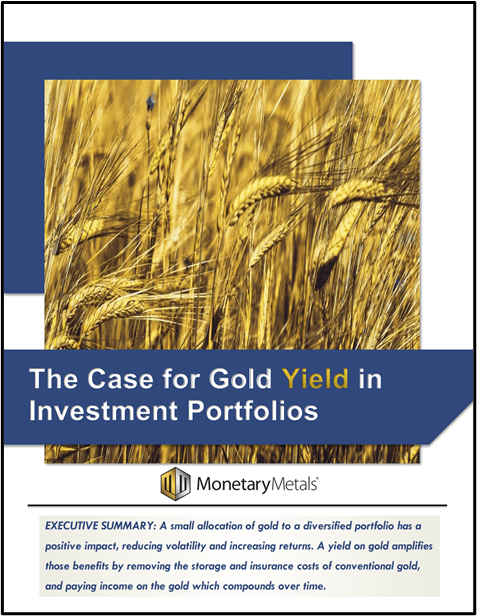“The actual rate at which an actual lender actually lends to actual borrowers represents the “nominal” rate. The “real” rate represents the difference between the nominal rate and an inflation figure that few can agree on. If the bond yields 5% and inflation is running at 2%, the real yield is 3%.”
Keith notes that in the past, interest rates did not increase for any sustained period of time. He added that rates only increase steadily if consumers borrow more. The last time that happened was the 1970’s, a period notorious for its inflation.
“I don’t believe the Fed can push rates up very far, or hold them very long, before it precipitates another crisis of defaults. So long as the outlook is for higher rates, everything from mortgage-backed securities to corporate bonds could get hit.”
Read the full article here.
Additional Resources for Earning Interest on Gold
If you’d like to learn more about how to earn interest on gold with Monetary Metals, check out the following resources:
In this paper we look at how conventional gold holdings stack up to Monetary Metals Investments, which offer a Yield on Gold, Paid in Gold®. We compare retail coins, vault storage, the popular ETF – GLD, and mining stocks against Monetary Metals’ True Gold Leases.
The Case for Gold Yield in Investment Portfolios
Adding gold to a diversified portfolio of assets reduces volatility and increases returns. But how much and what about the ongoing costs? What changes when gold pays a yield? This paper answers those questions using data going back to 1972.


 :
:




